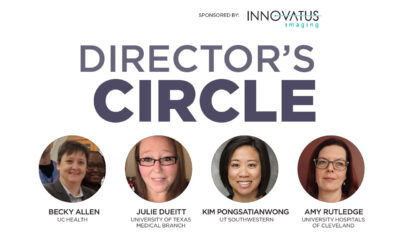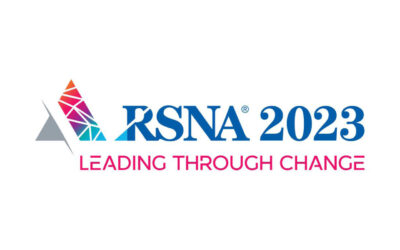The reason to have a specialist, in any organization, is to save money or meet a regulation that would otherwise not be met. The PM Specialist is no different. The most highly regulated items tend to be the most expensive and the largest gross income generating devices in the hospital. For Imaging this means (in no particular order) MRI, CT, Cath Lab, Nuc Med, and Mammography. During normal operating hours these units are making money. Therefor the first, and perhaps biggest ROI, is having the PM Specialist work off shift. Having all Preventative Maintenance performed on second or third shift will typically show a ROI in the first year. Working second or third shift also allows for the time to perform a PM that is not rushed.
The third shift PM Specialist may show an added benefit of having face to face turnover after the completion of the shift. If there were repairs or concerns noted during the PM, they can be passed on to the day shift for corrective maintenance or monitoring. Third shift also covers the time frame that most hospitals see the lowest activity in the imaging department.
Shift length is another serious consideration. Having a PM Specialist work four ten hour shifts, or three twelve hour shifts should be considered where geography and volume of PMs allows. The longer shift may allow more PM’s to be completed in single visits for a hospital system that is spread out geographically. There are also the State laws and company policies on overtime pay to consider. When using a ten or twelve hour shift the overtime pay requirements may impact your final ROI calculations.
The scope and volume of equipment will determine how many PM specialists will be cost effective. If your hospital system has standardized equipment one PM specialist can cover a larger scope of modalities. For example, if all CT units are the same brand and model (or similar model) the PM Specialist can take on other modalities. If the PM Specialist has to be competent on multiple brands and models of CT units, this may reduce the number of modalities that may be added beyond the CT units. The range of brands and models of any one modality will inversely impact the ROI of the PM Specialist. The volume of any one modality is an important consideration beyond the diversity of that modality. In a large system it may be cost effective to have a PM specialist for each modality, depending on geography.
All of these items are individual considerations, however, it is how they come together that dictates if you will see a real ROI of the PM Specialist. Being able to schedule PMs in one geographic location for one full shift is the goal. For example, a PM Specialist may perform PMs on two CT units and a portable in a twelve hour shift, depending on manufactures and models. However, another night there may be a remote stand alone ER or imaging center that has a single CT and a general x-ray room. This may or may not be worth having a PM specialist perform these PMs. It is a gray area that would have to be calculated and decided on a case by case basis.








